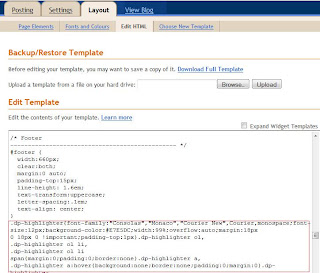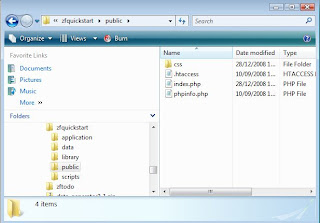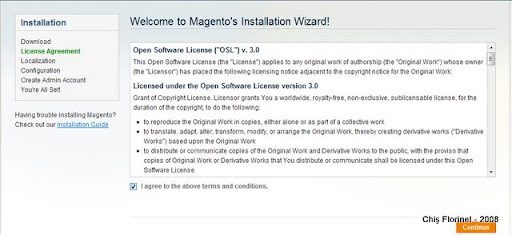In a recently project that we had to finish (started by a different company, went for two years and wasn't finished yet) we handled with a lot of legacy code which used CodeIgniter as a web development framework...
Refactoring it is another discussion because it's a nice case study how not to generate html code in your controller (which containes over 12.000 lines of code - it's a right figure, we still have in svn the original file) and the entire application has 2 controllers - 12k lines of code x 2 (one for frontend and one for backend) and 2 views (pretty cool eh?).
Delivering fast results means no time rewrite an entire application... A nice feature we added is rss feeds. For that we used Zend Framework component Zend_Feed embeded in a CodeIgniter controller... Application structure is:
/ /system /system/application /system/application/controllers /system/codeigniter [...] /Zend /Zend/Feed .htaccess index.php
We included in the Zend folder only Zend_Feed and dependencies for this job... Tried to use a Package Maker for Zend Framework, but it does not seem to work (did not included EmailValidation and so on...) Setting up include_path: In index.php add the following line:
set_include_path(getcwd().PATH_SEPARATOR.'.');So when you call require_once 'Zend/something' - will work.
class Rss extends Controller {
function Rss() {
parent::Controller();
$this->load->helper('text');
$lang = $this->phpsession->get('lang');
if(empty($lang)){
$lang = 'ro';
}
//...
}
/**
* last 10 news
*
*/
function news()
{
#load up zend feed
require_once 'Zend/Feed.php';
$array = array(
'title' => 'FEED TITLE HERE', //required
'link' => $_SERVER['REQUEST_URI'], //required
'lastUpdate' => time(), // optional
'published' => time(), //optional
'charset' => 'utf8', // required
'description' => 'COMPANY NAME news feed', //optional
'author' => 'COMPANY NAME', //optional
'email' => 'office@example.com', //optional
'webmaster' => 'office@example.com',
'copyright' => 'All rights reserved COMPANY NAME', //optional
'image' => 'http://www.example.com/logo.gif', //optional
'generator' => 'myZFeed', // optional
'ttl' => '60'
);
$fields = array('title','short_descr','descr');
$lang = $this->phpsession->get('lang');
if($lang=='en'){
//smart piece of code :)
$sql_select_fields = array_reduce($fields,create_function('$v,$a','$a .= \'_en as \'.$a;$v.=\',\'.$a; return $v;'));
} else {
$sql_select_fields = ','.implode(',',$fields);
}
//table name, news in Romanian
$table = 'noutati';
$limit = 10;
$this->db->select('id '.$sql_select_fields.', UNIX_TIMESTAMP(dt) as rss_timestamp');
$this->db->where('visible',1);
$this->db->order_by("dt", "desc");
$query = $this->db->get($table,$limit);
foreach ($query->result() as $row){
$array['entries'][] = array(
'title' => $row->title, //required
'link' => $this->config->config['base_url'].'/start/news_details/'.$row->id,
'description' => word_limiter($row->short_descr, 20),
'content' => $row->descr,
'lastUpdate' => $row->rss_timestamp
);
}
$rssFeedFromArray = Zend_Feed::importArray($array, 'rss');
$rssFeedFromArray->send();
}
}
That's it. Now you have a working rss feed in a CodeIgniter application powered by Zend_Feed :)
Session is opened to questions :).
Note: will not share the 12k lines of code file... Not sure about copyright and stuff....





 Make sure you provide a valid account for MySQL.
Make sure you provide a valid account for MySQL.





